As the cost of living climbs and New Yorkers continue to feel the squeeze at the grocery store, gas pump, and in monthly rents, a beacon of financial relief is on the way. This fall, the State of New York is rolling out its first-ever inflation refund checks, sending hundreds of dollars straight into the hands of millions of residents. From The Bronx and Buffalo to Albany and Manhattan, eligible New Yorkers will receive a welcome boost—no complicated forms, no zany hoops to jump through. Read on for a comprehensive guide to who qualifies, how much you can expect, and what this means for the state’s big cities and towns as another school year begins.
What Are New York’s Inflation Refund Checks?
The inflation refund checks are direct, one-time payments issued by the State of New York as part of its 2025–2026 budget. These payments are designed to offset the extra sales tax residents have paid due to surging prices at checkout. They represent a significant effort by the state to help working families, the middle class, and seniors weather persistent inflation that has pushed the cost of basics higher in cities like New York City, Rochester, Yonkers, and Syracuse.
This is not a federal stimulus or pandemic-era relief program—this is a New York-specific response to record-high cost-of-living increases. The push for these payments came as part of a multi-billion dollar initiative that also expanded child tax credits and cut income tax rates for many across the state.
How Much Will You Receive?
The amount of your inflation refund check depends on your income level and your filing status on your 2023 state tax return. Here’s how the breakdown looks:
-
Single Taxpayers:
-
Income of $75,000 or less: $200
-
$75,001 up to $150,000: $150
-
-
Married Filing Jointly/Qualified Surviving Spouse:
-
$150,000 or less: $400
-
$150,001 up to $300,000: $300
-
-
Married Filing Separately, Head of Household:
-
$75,000 or less: $200
-
$75,001 up to $150,000: $150
-
While early proposals included $500 checks for some households, the final version of the plan set the top payout at $400 for joint filers. This reflects a budget compromise to spread relief to more residents while managing the overall price tag for the state.
Who’s Eligible for a Check?
Eligibility is refreshingly simple. If you filed your 2023 New York State income tax return (Form IT-201), fall within the qualifying income categories for your filing status, and were not claimed as a dependent on someone else’s return, you’re in. There’s no application, no complicated verification, and no need to register online.
Some of the biggest groups poised to benefit include:
-
Working parents in Queens, Brooklyn, and Long Island, where inflation has outpaced wage growth
-
Fixed-income seniors across the Hudson Valley and upstate cities like Syracuse and Schenectady
-
Young professionals in Manhattan and Albany struggling with high rents and transportation costs
It’s estimated that over 8 million checks will be mailed, reaching roughly 3.5 million households in New York City, nearly 1.4 million in Nassau and Suffolk counties on Long Island, and another 1 million in the Hudson Valley.
When and How Are Checks Sent?
The state will begin mailing checks by mid-October, with distribution staggered to handle the massive volume—there’s no prioritization by zip code, city, or last name, so you could receive your refund sooner or later than your neighbor, regardless if you live in Harlem, Staten Island, Buffalo, or Saratoga Springs. The rollout is expected to finish by the end of November.
Checks are mailed to the address on file with the Department of Taxation and Finance, so it’s critical to make sure your current address is updated with the state. This is especially important for college students, recent movers, and those living in multi-family buildings.
Why Are These Checks Needed?
New York remains one of the most expensive states in the country. In cities like New York City, the cost of living is estimated to be more than 130% higher than the national average, with rents rising more than 50% faster than median wages in the past five years. Upstate cities, once known for affordability, have also seen double-digit increases in housing, food, and transportation. With grocery bills soaring in Buffalo, child care costs spiking in Rochester, and utility hikes in Albany, families everywhere are feeling the pinch.
By returning some of the extra sales tax revenue collected during this period of high inflation, the government aims to make it a little easier for citizens to afford essentials. The timing is deliberate: as families prepare for back-to-school shopping and the New York winter approaches, a few hundred dollars can make all the difference.
Impact on New York’s Major Cities and Regions
New York City
Over a third of the checks are destined for city residents. With high-density neighborhoods from Upper Manhattan to Jackson Heights, the payments will help millions of renters and small business owners deal with sky-high prices. In neighborhoods where the average rent now exceeds three thousand dollars a month, the timing couldn’t be better.
Long Island
Communities from Hempstead to Riverhead have seen property taxes surge, but residents on Long Island will benefit from both the inflation refund and recent property tax relief reforms. Expect to see increased spending in local shops and services once the checks arrive at area homes.
The Hudson Valley
Towns like Poughkeepsie, Newburgh, and Kingston are growing rapidly but face steep transportation and utility costs. The checks will help families here cover heating bills, car repairs, and school supplies.
Upstate Cities
From Buffalo’s West Side to Rochester’s East Avenue and Syracuse’s South Salina Street, the refunds are expected to inject millions into local economies. Upstate residents, often facing stagnant wages and older housing stock, welcome direct relief to help keep up with bills.
What Else Is in New York’s Budget?
The inflation refund checks are just one element of a wider package of relief. This year’s budget also brings:
-
Cuts to middle-class tax rates, lowering taxes for households earning up to $323,000—the lowest rates seen in decades.
-
An expanded child tax credit, providing as much as $1,000 per child under age four and $500 for those aged four to sixteen.
-
Universal free school meals, saving families as much as $1,600 per child each school year—an important lifeline in cities with high food insecurity.
What You Need to Do
For most people, the process is automatic and effortless. However, to prevent delays, double-check these steps:
-
Confirm your current mailing address with the New York State Department of Taxation and Finance.
-
Ensure your 2023 state income tax return was accurately filed.
-
If you have moved since you filed, update your details as soon as possible.
-
Be aware: if you owe back taxes or court-ordered payments, your refund may be offset or reduced by those obligations.
Common Questions
Can I get my refund direct deposited?
No. The checks are mailed by paper only. No electronic transfer is available at this time.
What if I don’t receive my check?
If you have not received your refund by early December, contact the New York State Department of Taxation and Finance. Be prepared with your tax return details and current address.
Is everyone getting the same amount?
No. It depends on your income and filing status for tax year 2023. Lower-income residents and joint filers with children typically receive higher checks.
Will this affect my eligibility for other benefits?
Generally, one-time refunds of this sort do not count toward income for most state and federal programs. However, check with your welfare, SNAP, or housing office for confirmation.
The Bigger Picture
While the $400 or $200 refund won’t fix the broader economic challenges facing residents of New York’s diverse cities and towns, it’s a clear step toward recognizing the burden inflation has placed on households from urban Harlem to rural Cooperstown. For many, it means an easier month, less worry about winter heating, or simply the ability to put a few more groceries in the cart.
As checks start to arrive this fall, New Yorkers in every city—whether navigating the subway in Brooklyn, facing surging energy prices in Binghamton, or sending kids off to school in Ithaca—can look forward to a little more breathing room. And with Albany pledging continued relief through expanded credits and targeted tax cuts, families statewide are getting more than just a symbolic gesture. They’re counting on a share in the state’s prosperity as New York collectively bounces back from the roughest stretch of inflation in memory.
So, as the leaves start to turn and Fall sweeps in across the Empire State, keep an eye on your mailbox. Relief is truly—finally—on the way.

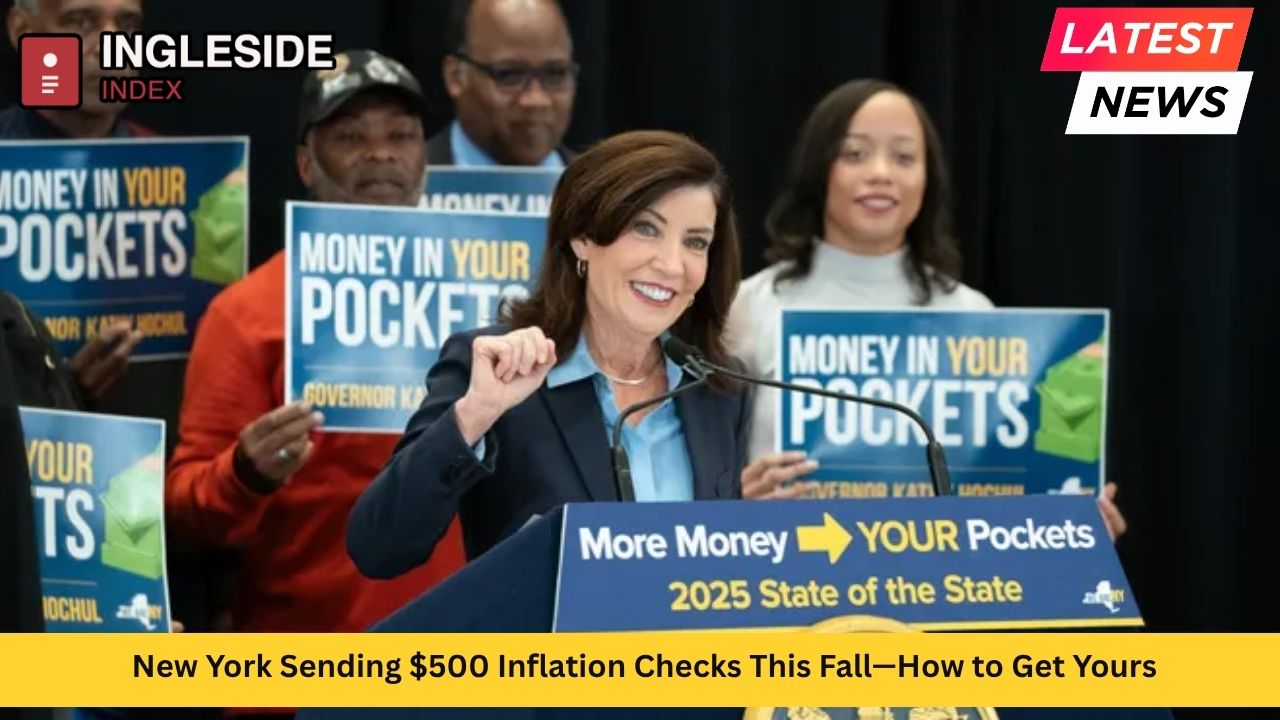

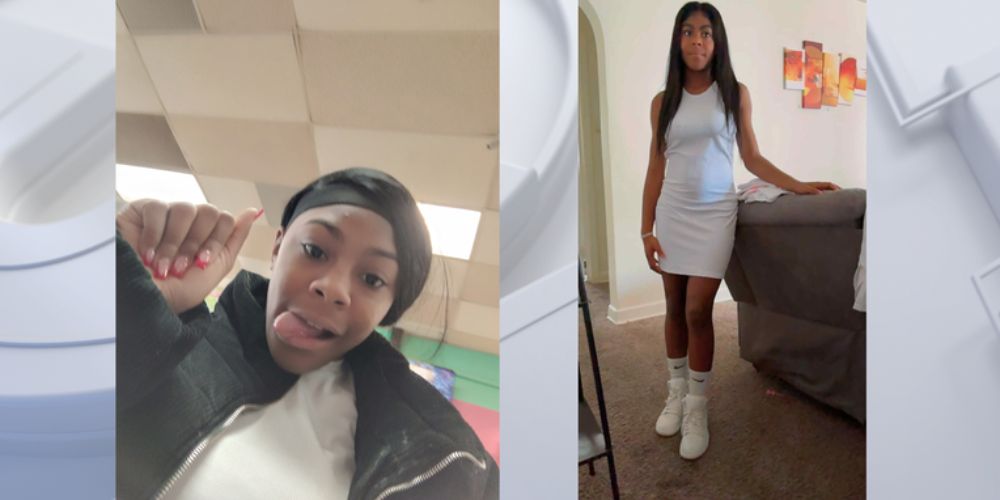
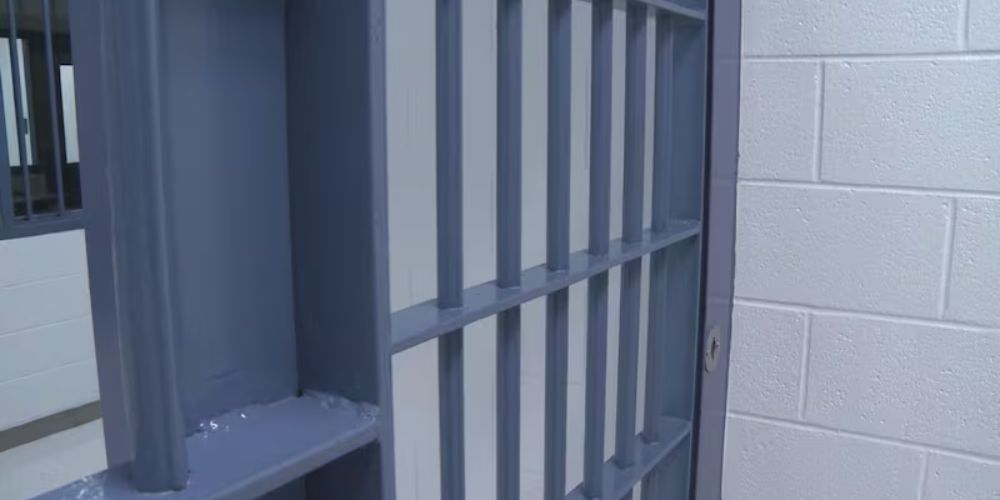
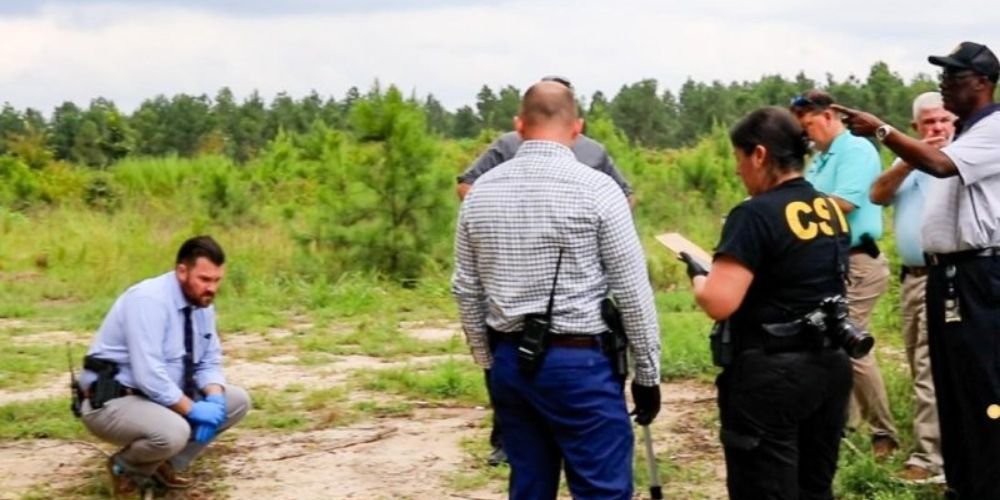
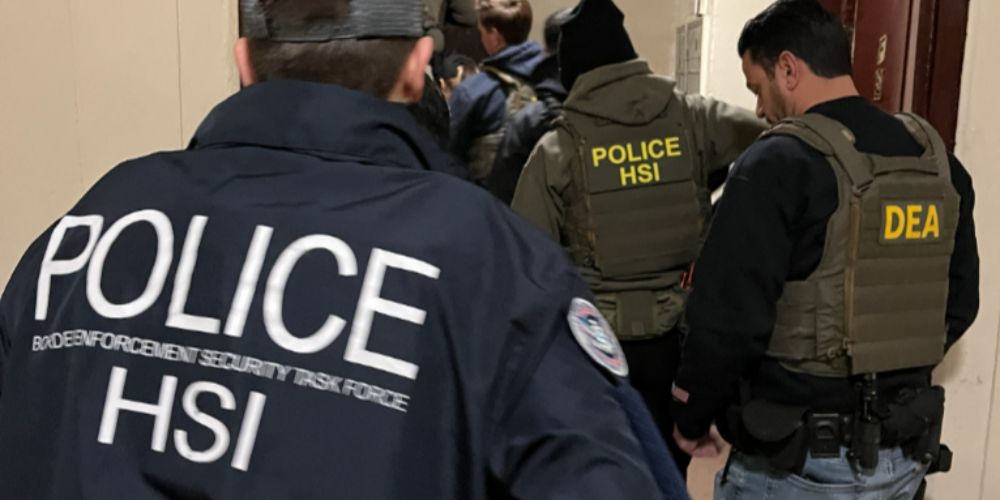
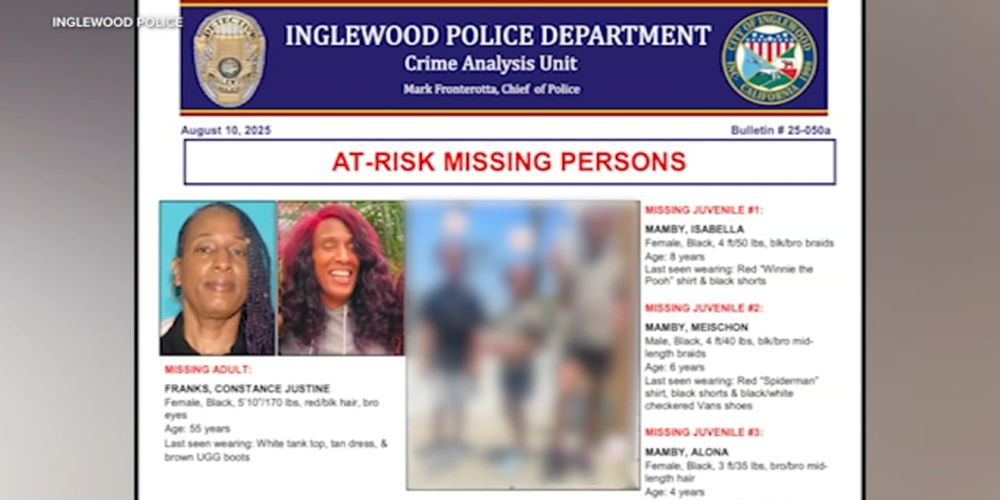



Leave a Comment